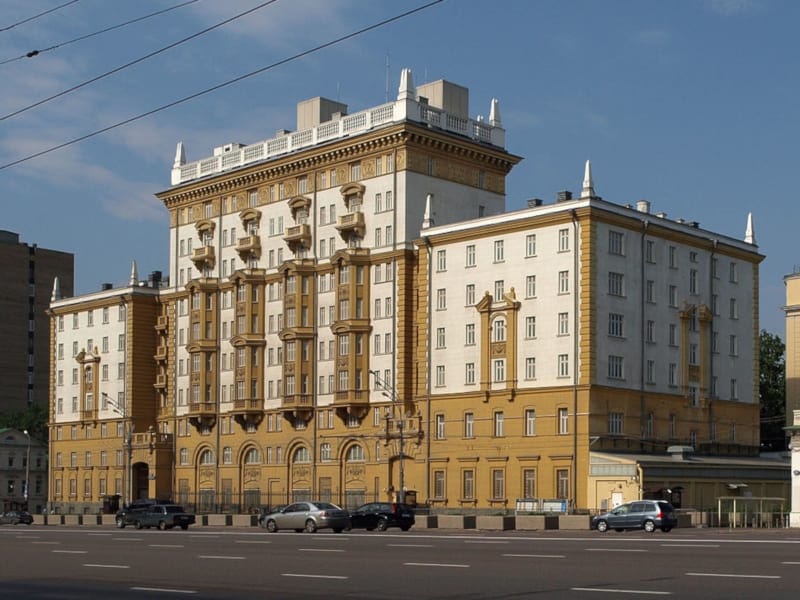Health effects of microwave radiation: What the “Moscow signal” revealed
During the cold war, the USSR repeatedly irradiated the United States embassy in Moscow with microwaves. After the publication of an epidemiological study, showing no apparent evidence of increased mortality rates and limited evidence regarding the general health status of the embassy personnel, the case was closed. However, forty years after its publication, many questions remain unanswered.
By Jose A. Martínez
In 2011, the International Agency for Research on Cancer (IARC) categorized radiofrequency electromagnetic fields as a possible carcinogen, and the debate over the safety of microwaves has raged ever since. Recent findings from animal experiments seem to indicate that a re-evaluation is needed, and that radiofrequency electromagnetic fields should be reclassified as probably, or even definitely carcinogenic to humans.
A study, recently published in Reviews on Environmental Health, has now presented new insights into the safety of microwave radiation by re-investigating a mysterious cold war affair – the “Moscow signal”.
From 1953 to 1976, Soviet sources repeatedly irradiated the American embassy in Moscow with low-level microwaves – for unknown reasons. Back then, an extensive epidemiological study, commissioned by the U.S. Department of State, showed no apparent evidence of adverse health effects in the embassy workers and their families. The case was therefore closed in 1978.

The Moscow signal – not harmless after all?
The new publication from Spain now includes information from declassified documents, adding additional statistical analyses and simulations to the original data of the 40-year old epidemiological study. In fact, this time, the cancer mortality rate of the Moscow embassy employees was found to be higher than that of the general population. In addition, the new analyses showed a significantly worse health status of the affected individuals compared to workers of other European embassies.
Radiation levels measured at the Moscow embassy from 1953 to 1976 were higher than average levels typically found in homes, schools and urban areas today – more similar to living just a few meters away from a base station. Nevertheless, the exposure was still way below the legal limits of many countries nowadays.
According to the author of the study, we should still pay attention to the Moscow signal and its consequences: “Given the current ubiquity of microwave-emitting devices, such as mobile phones, base stations, Wi-Fi routers and cordless phones, these new findings demonstrate that a more prudent approach to health protection from microwaves is needed.”
Read the original article here:
Jose A. Martínez: The “Moscow signal” epidemiological study, 40 years on, 06.01.2019.